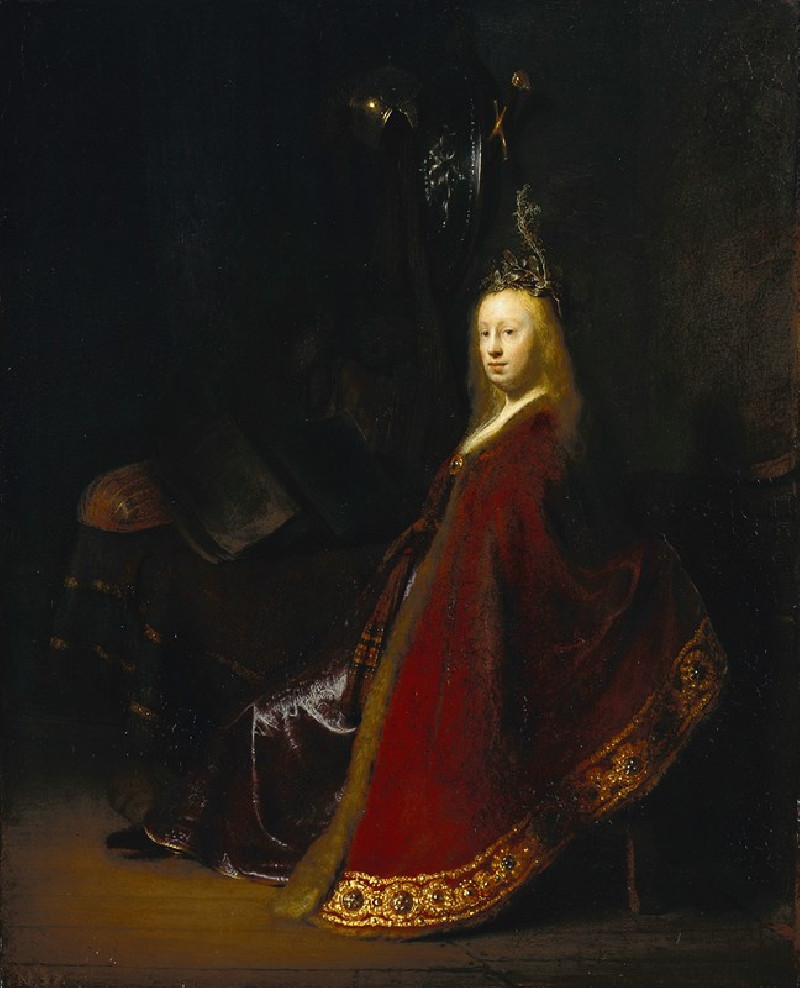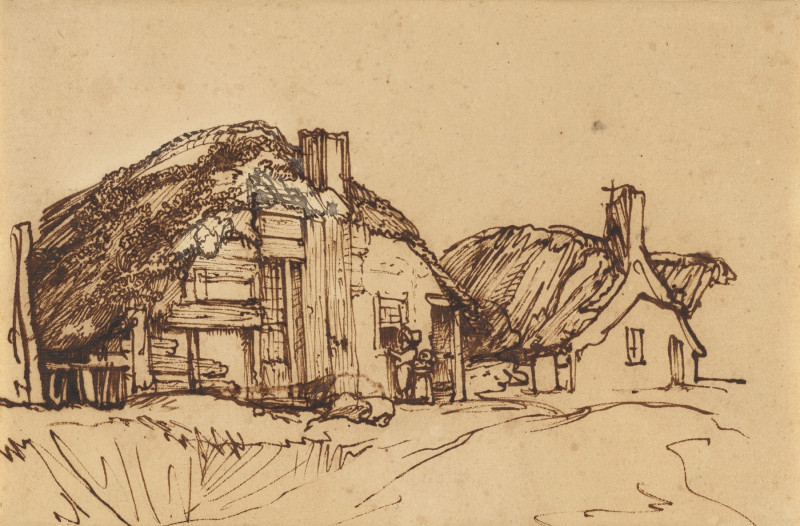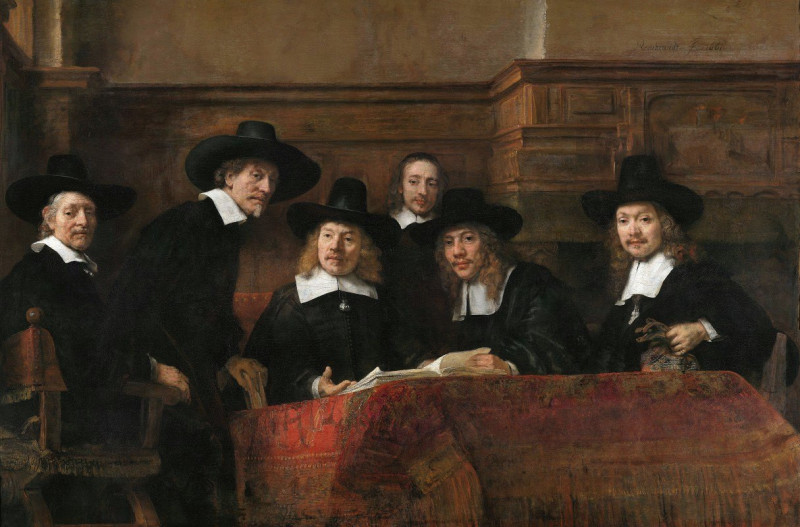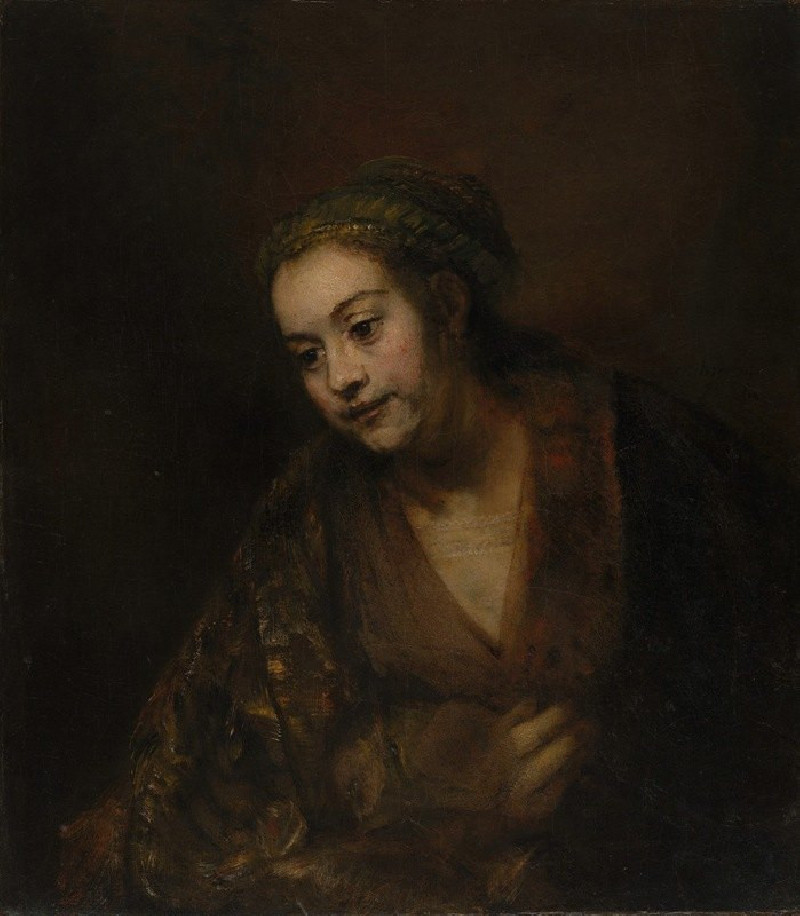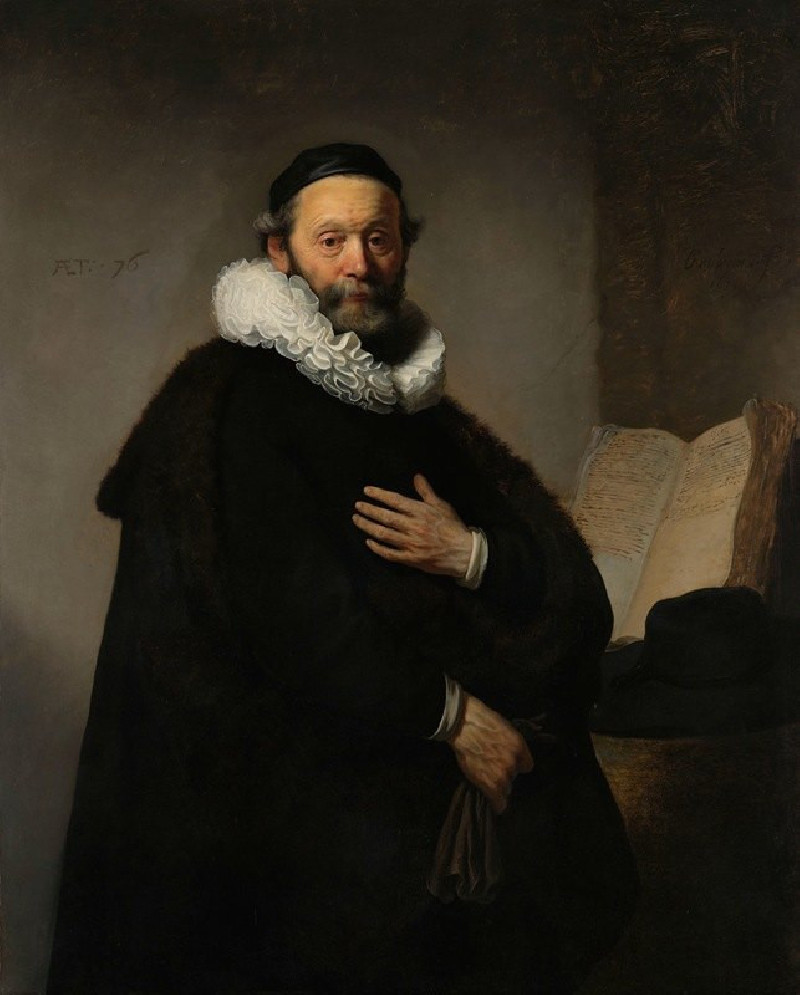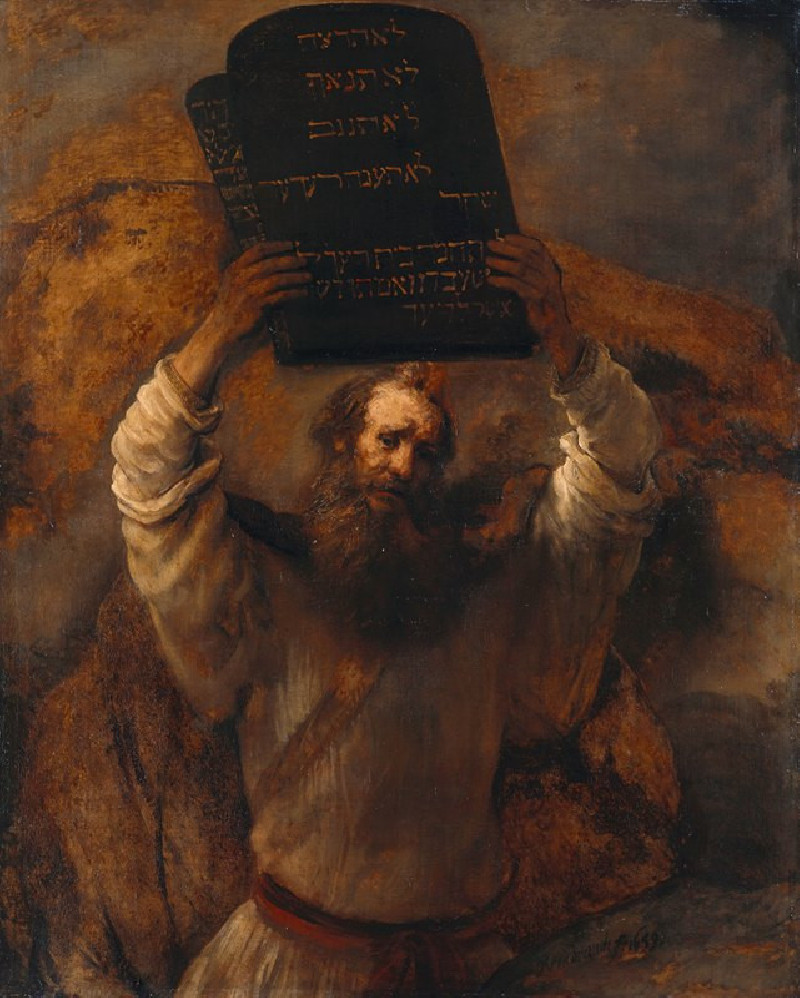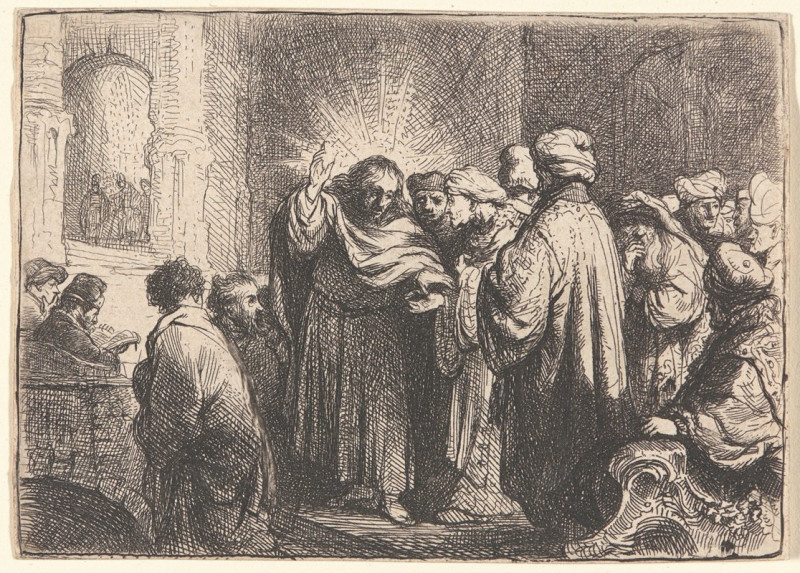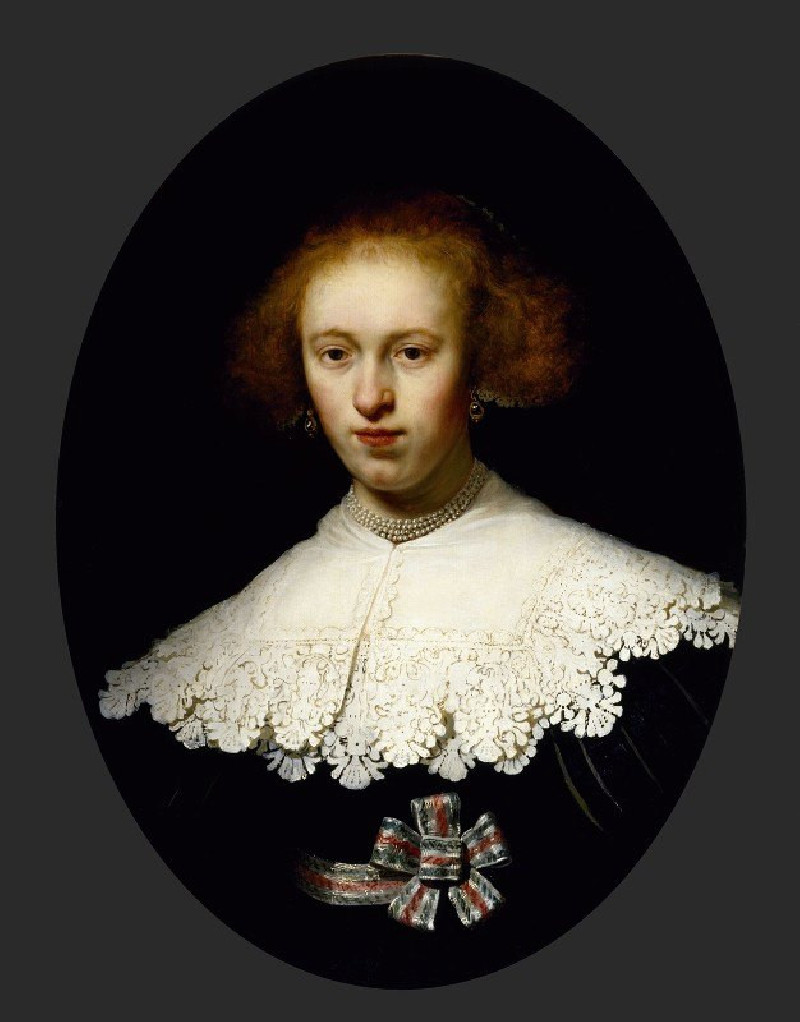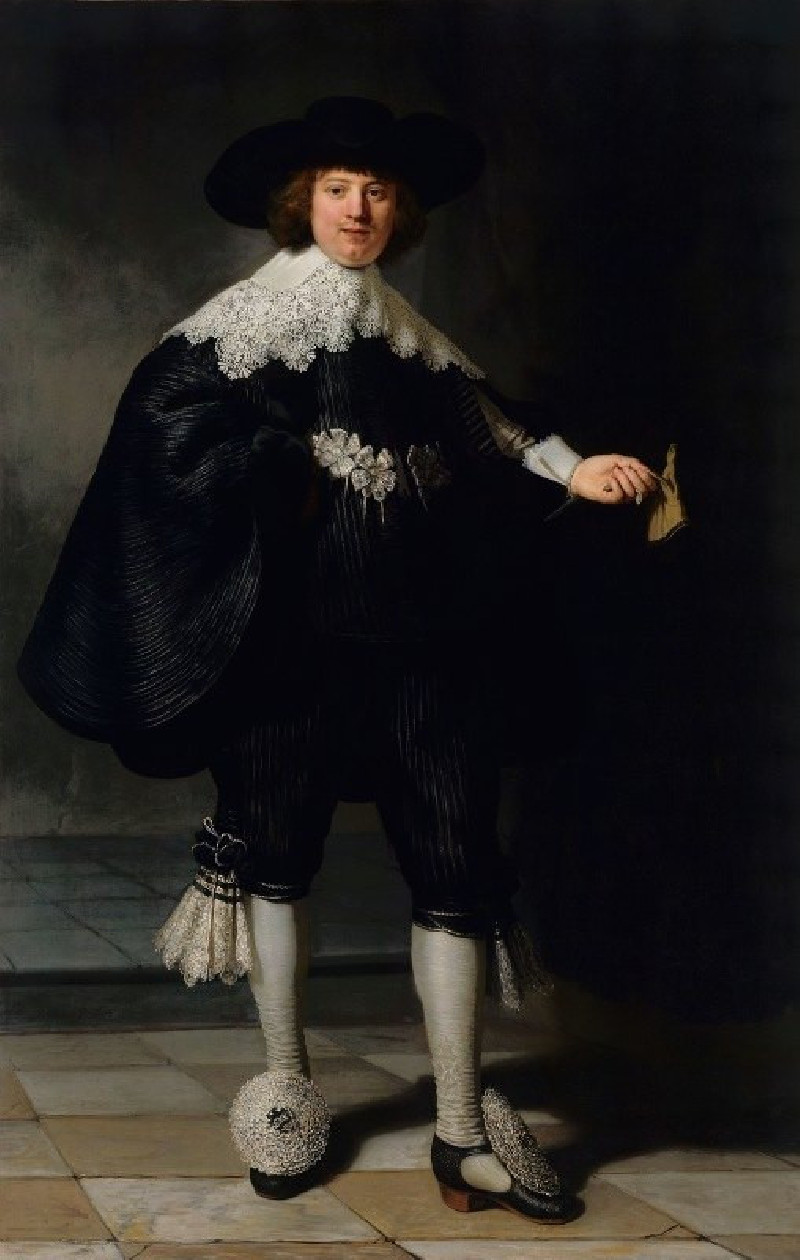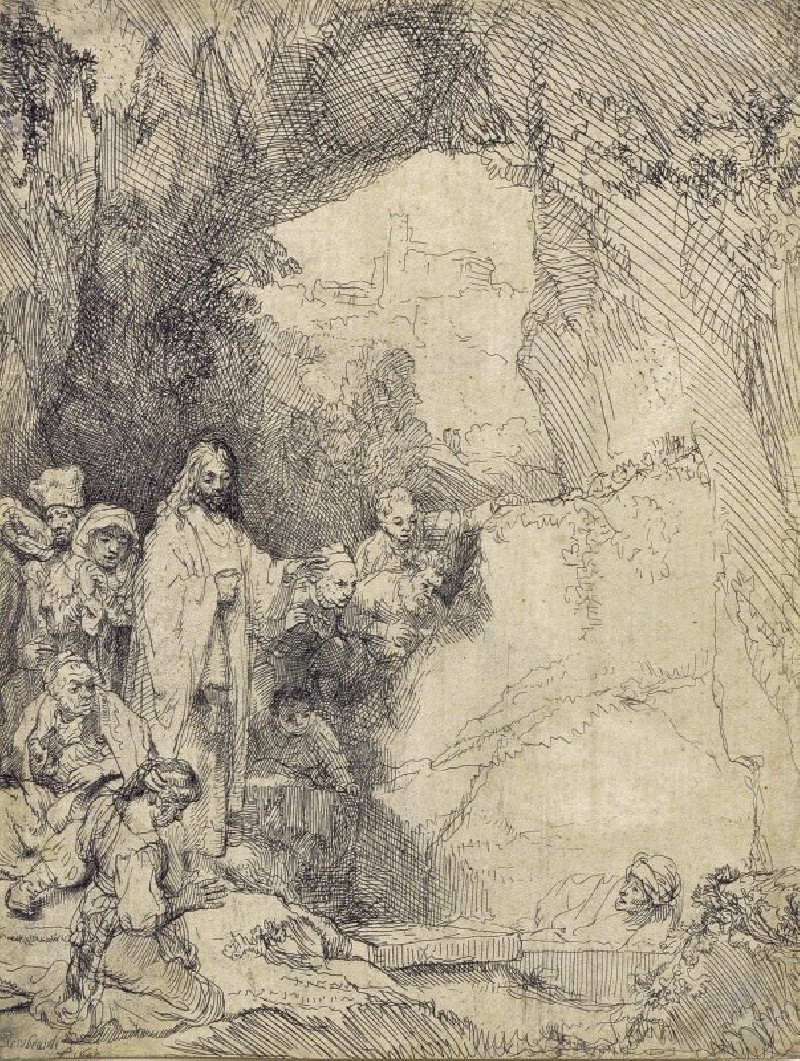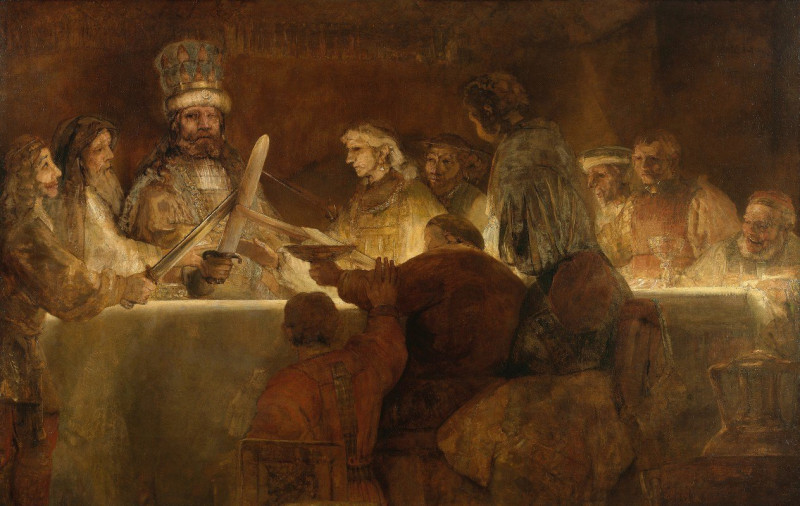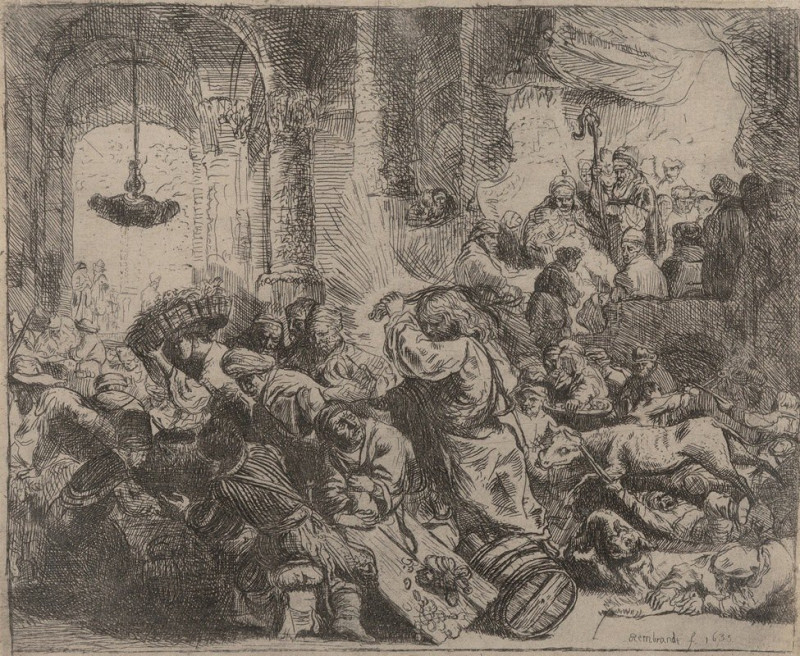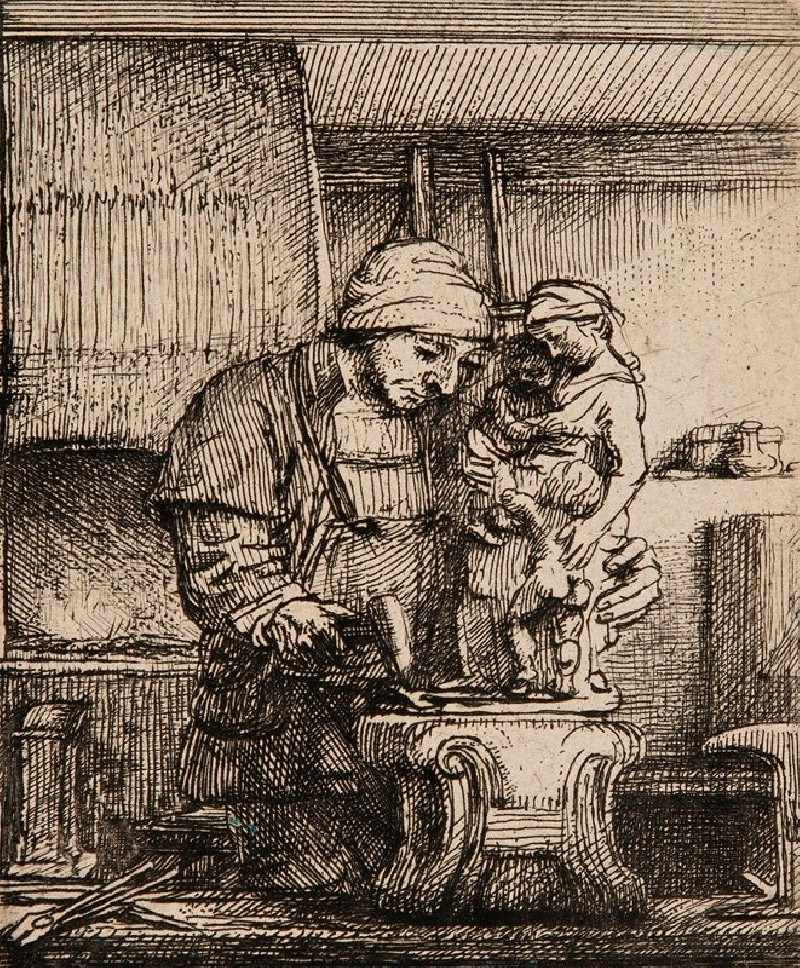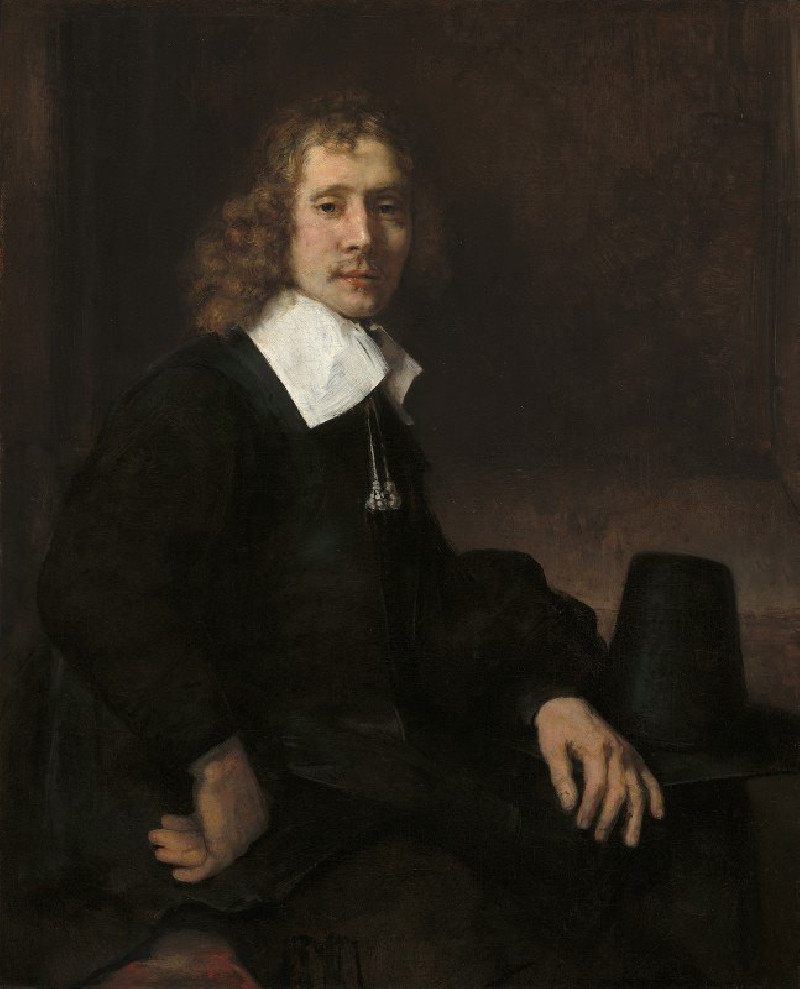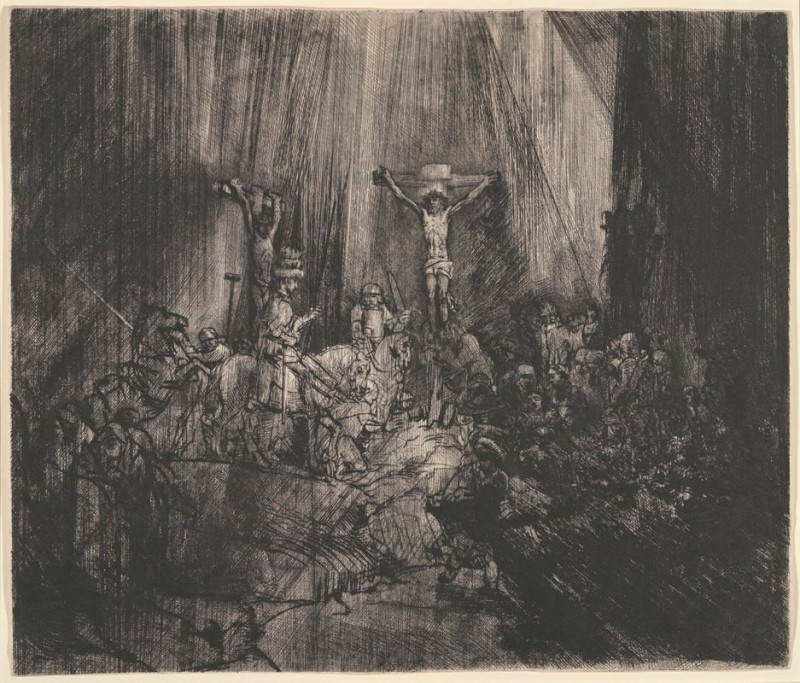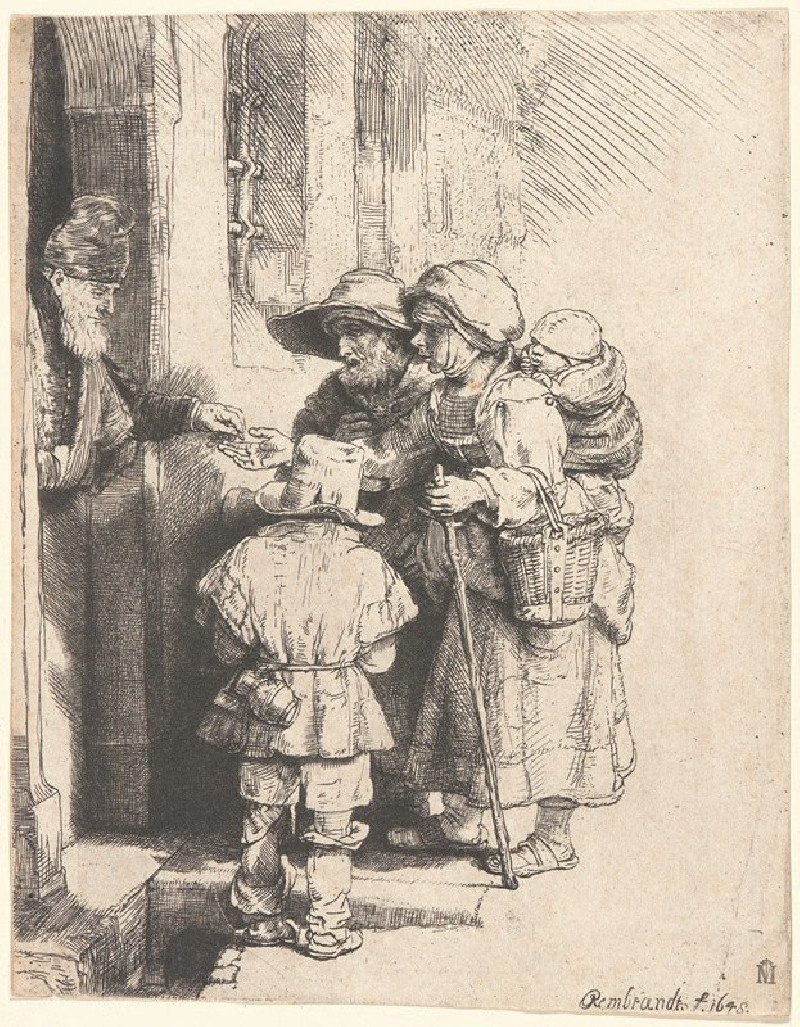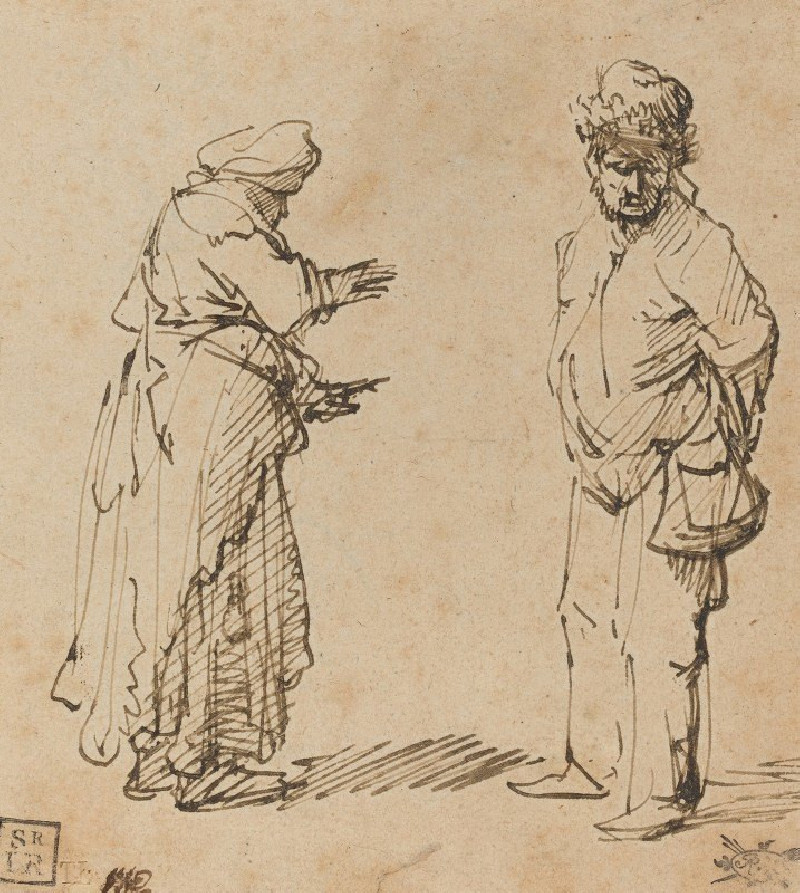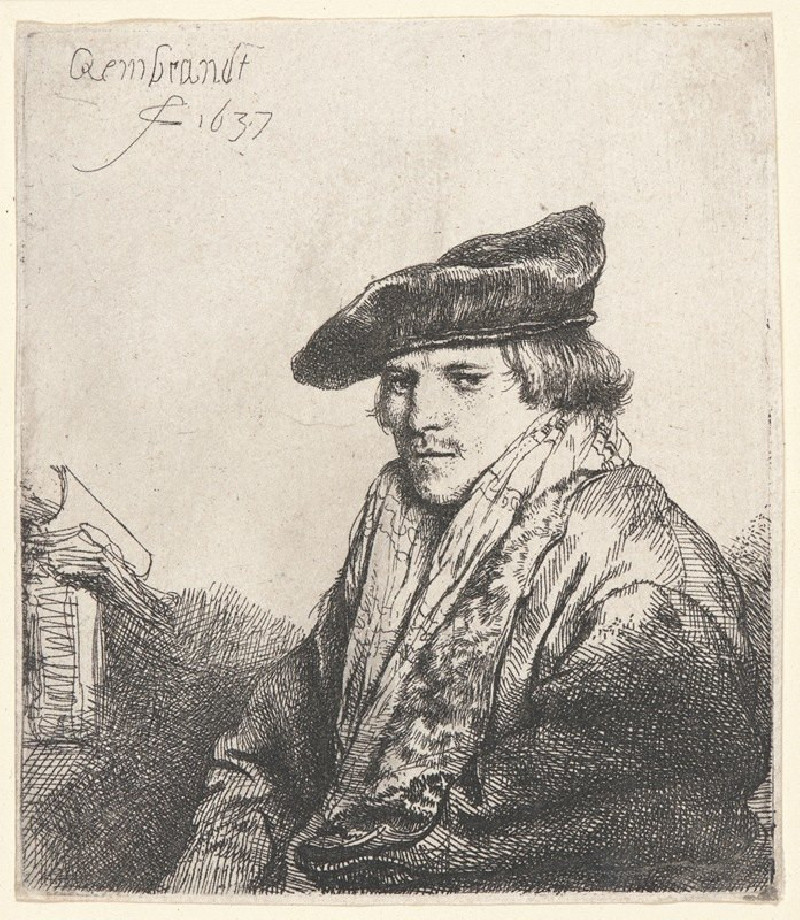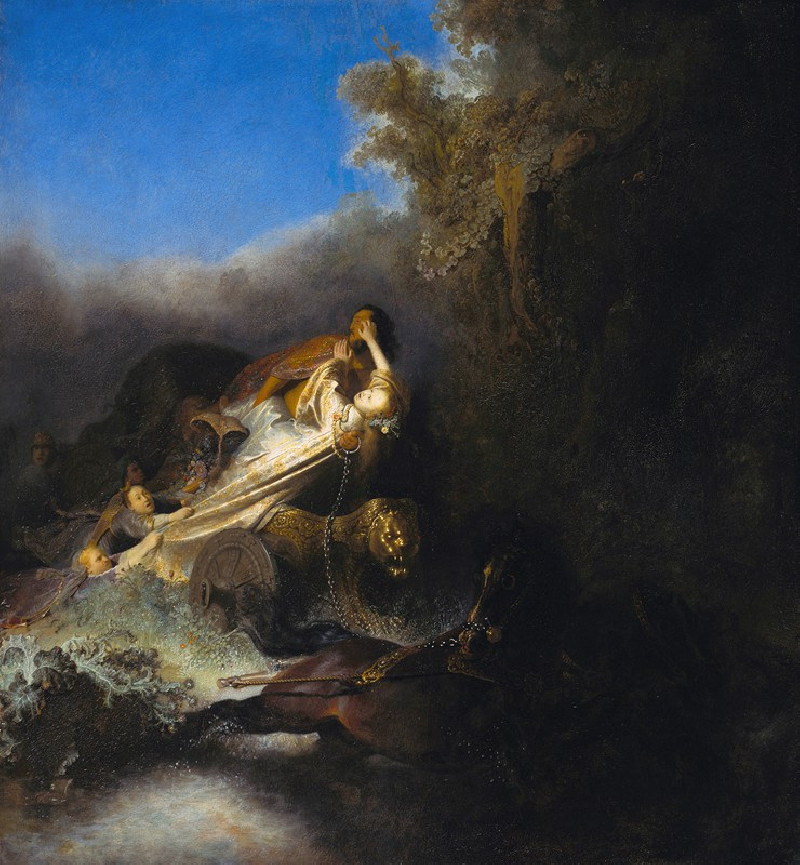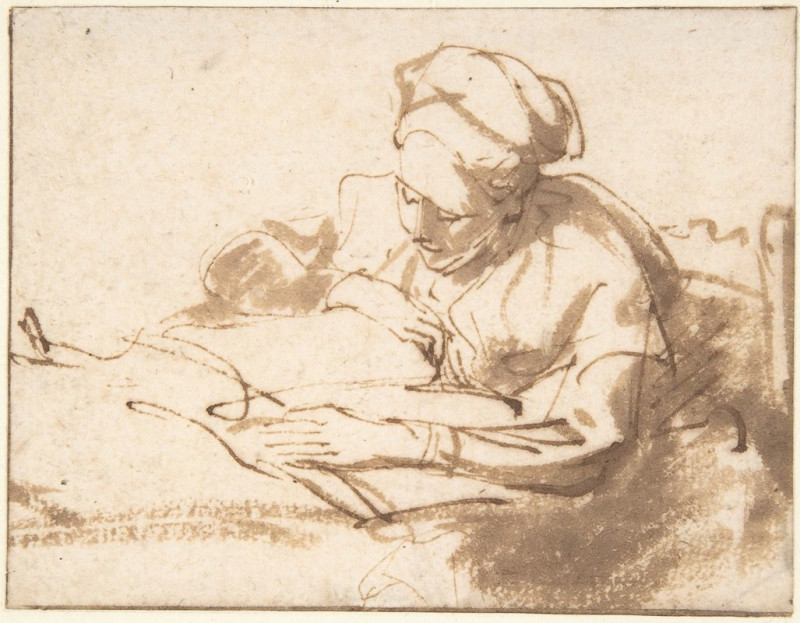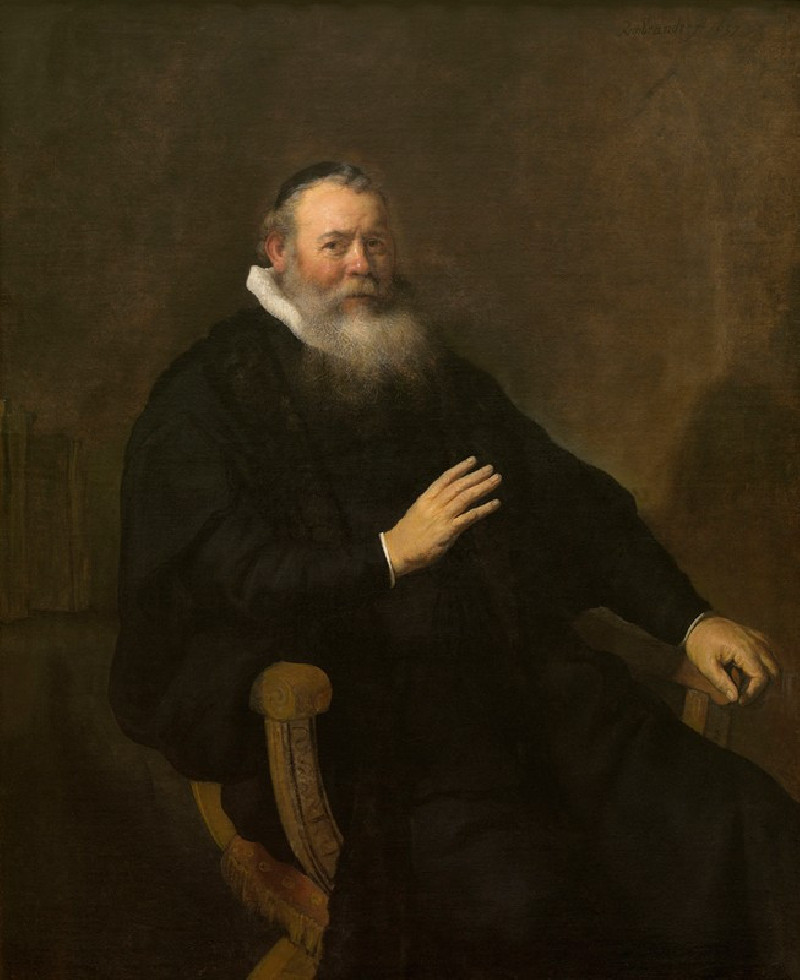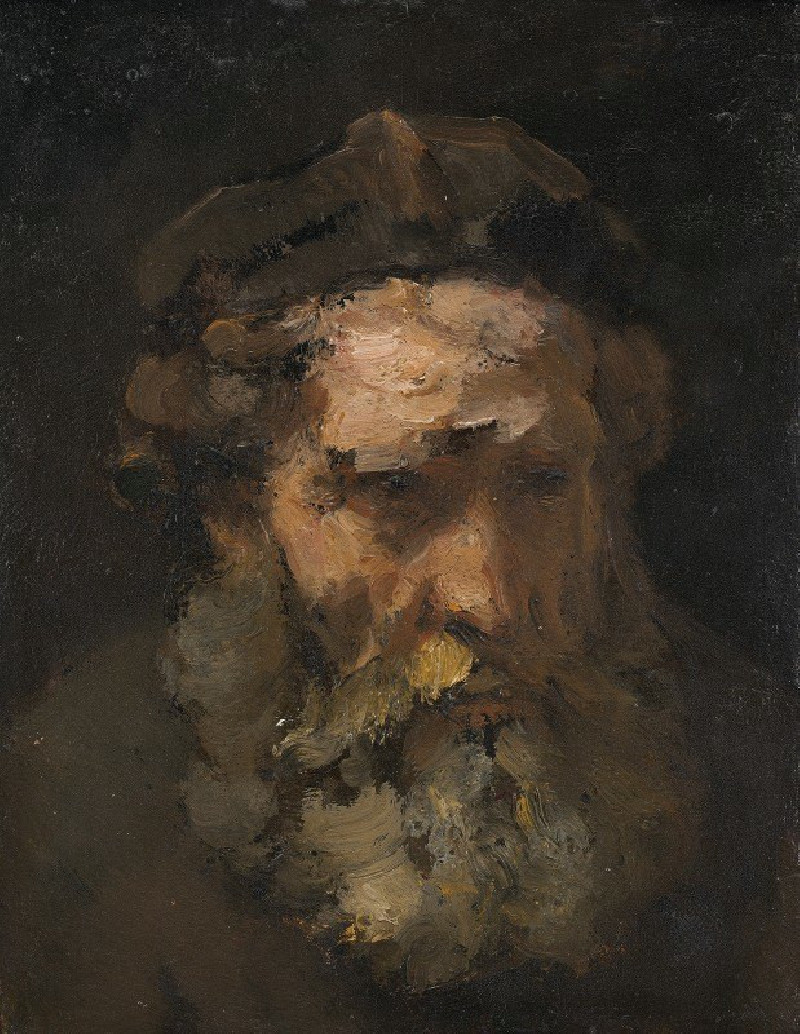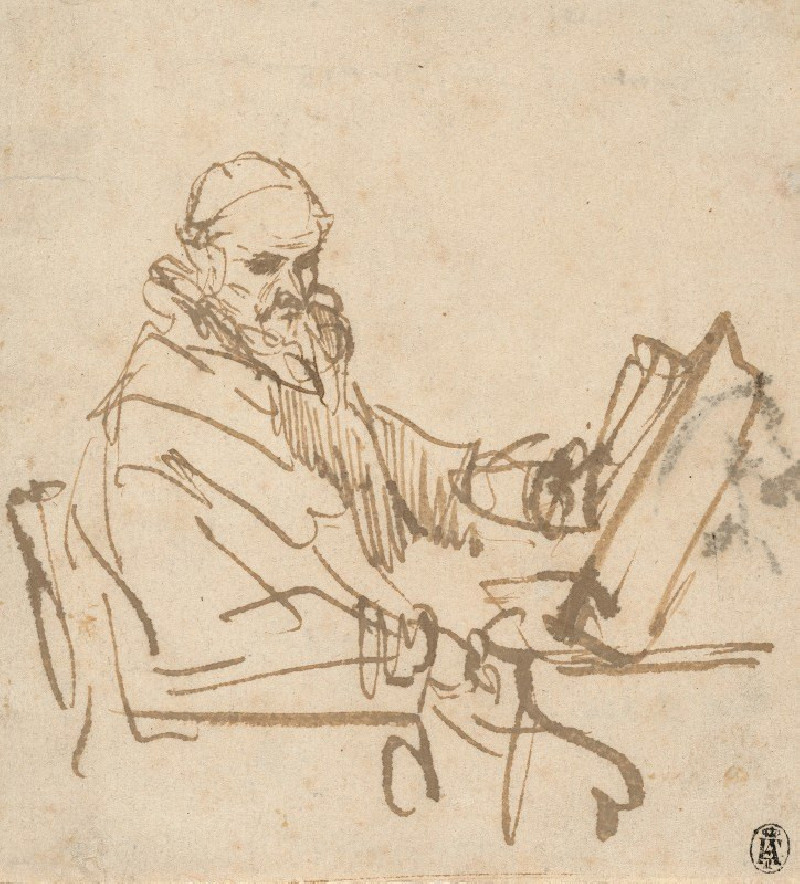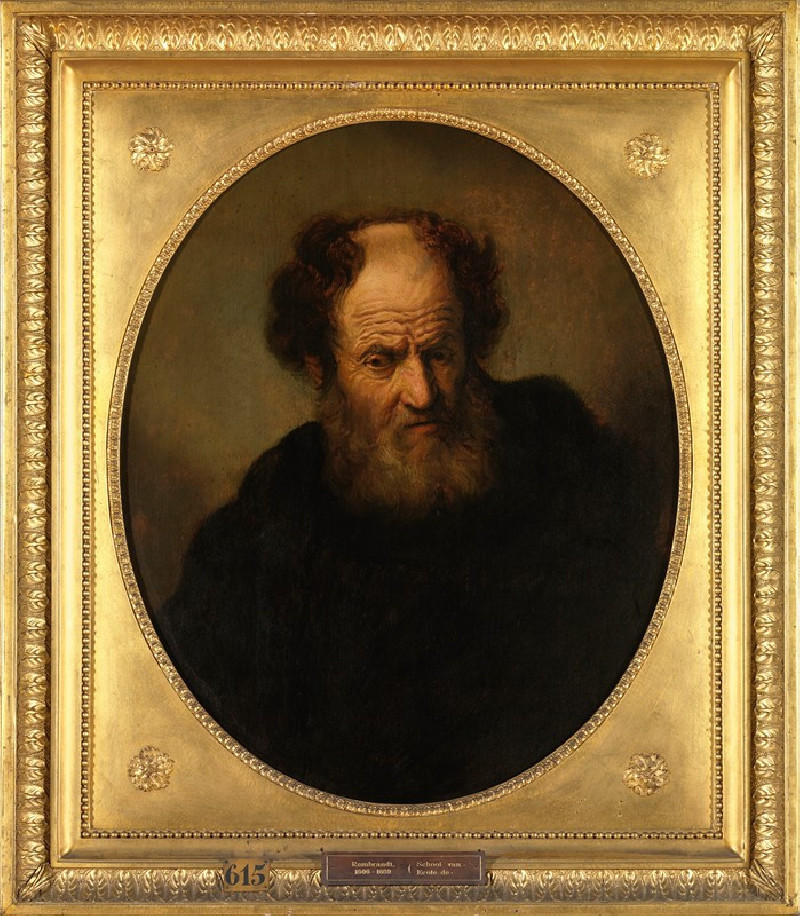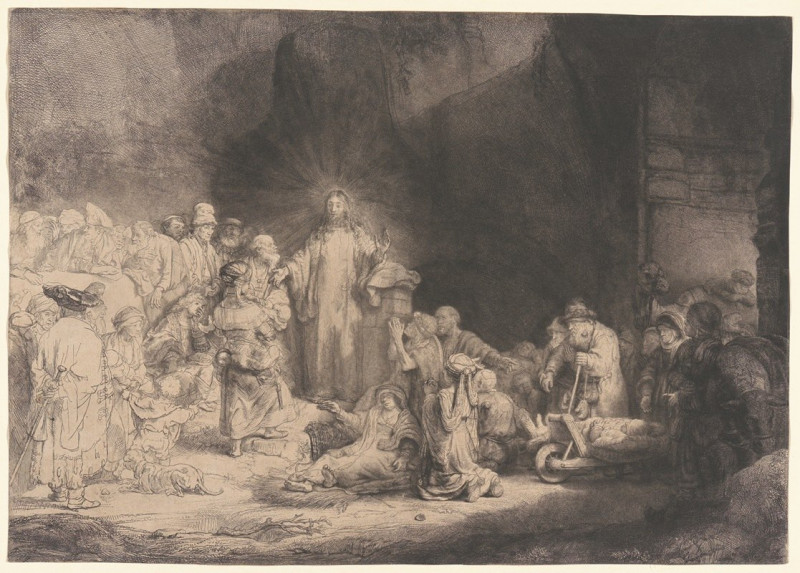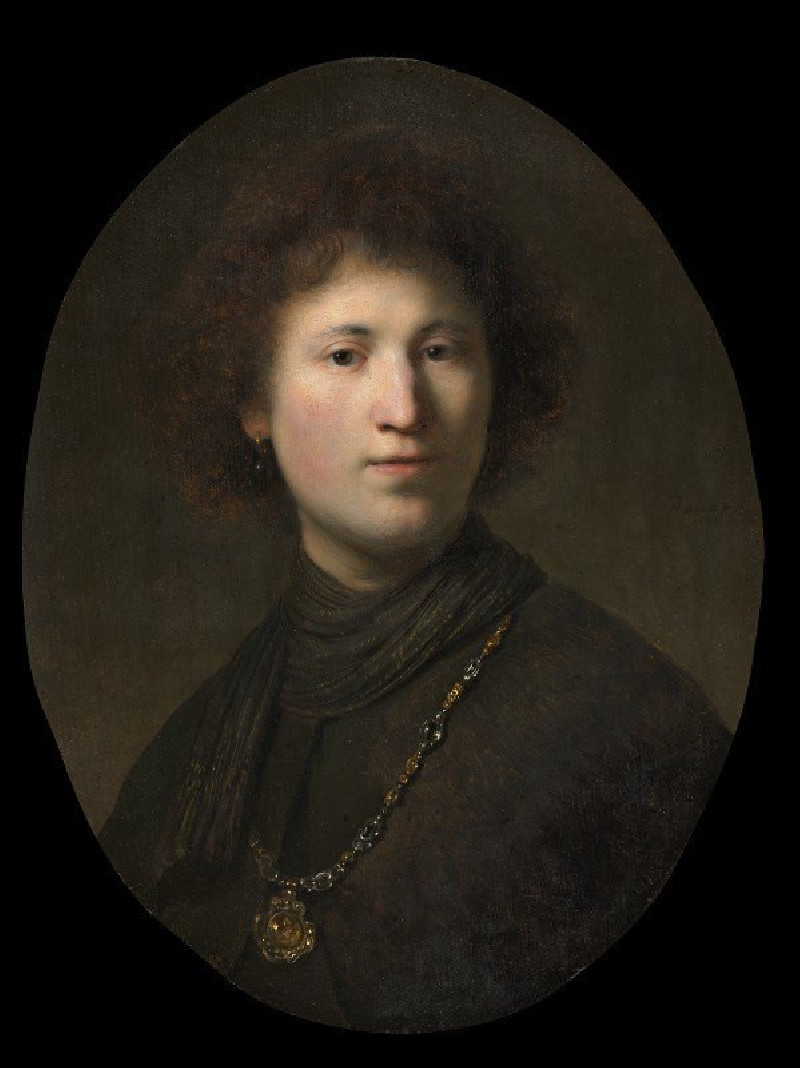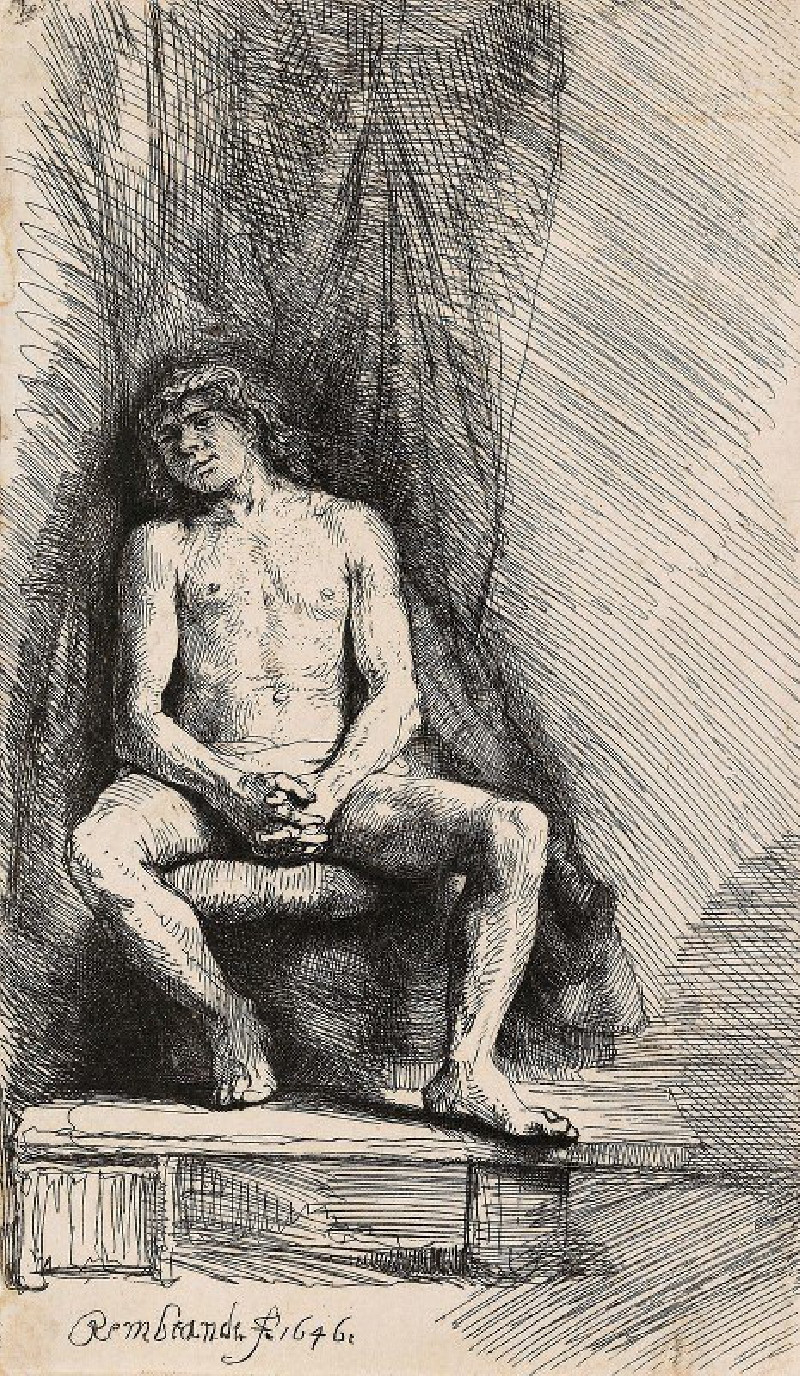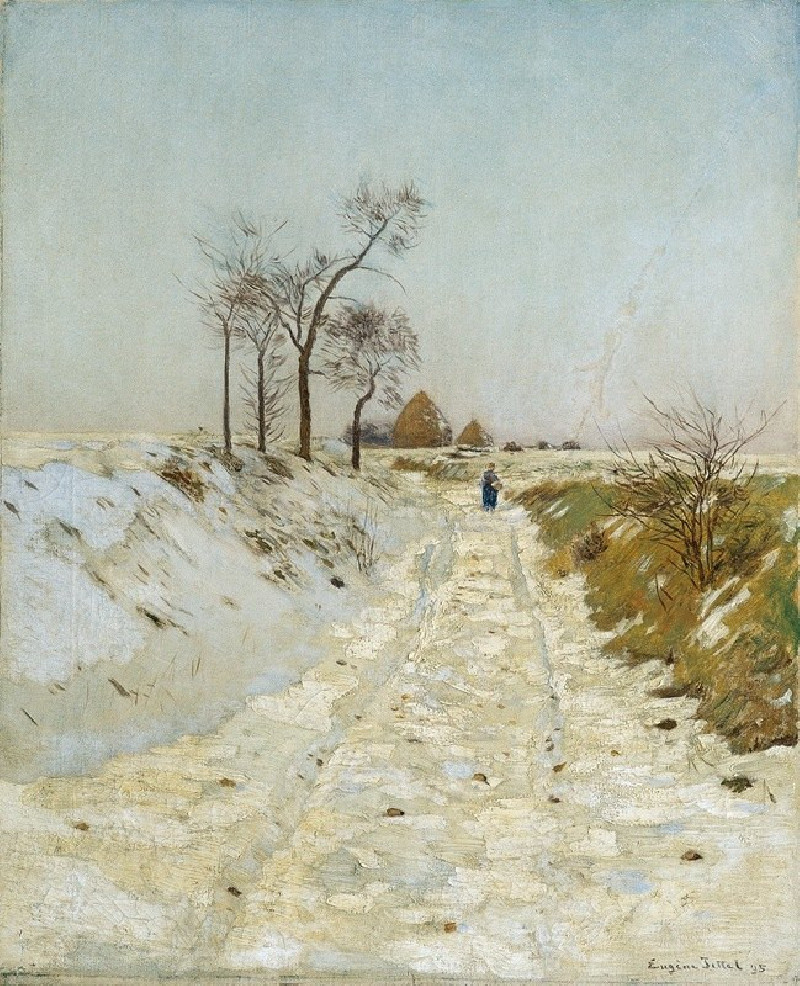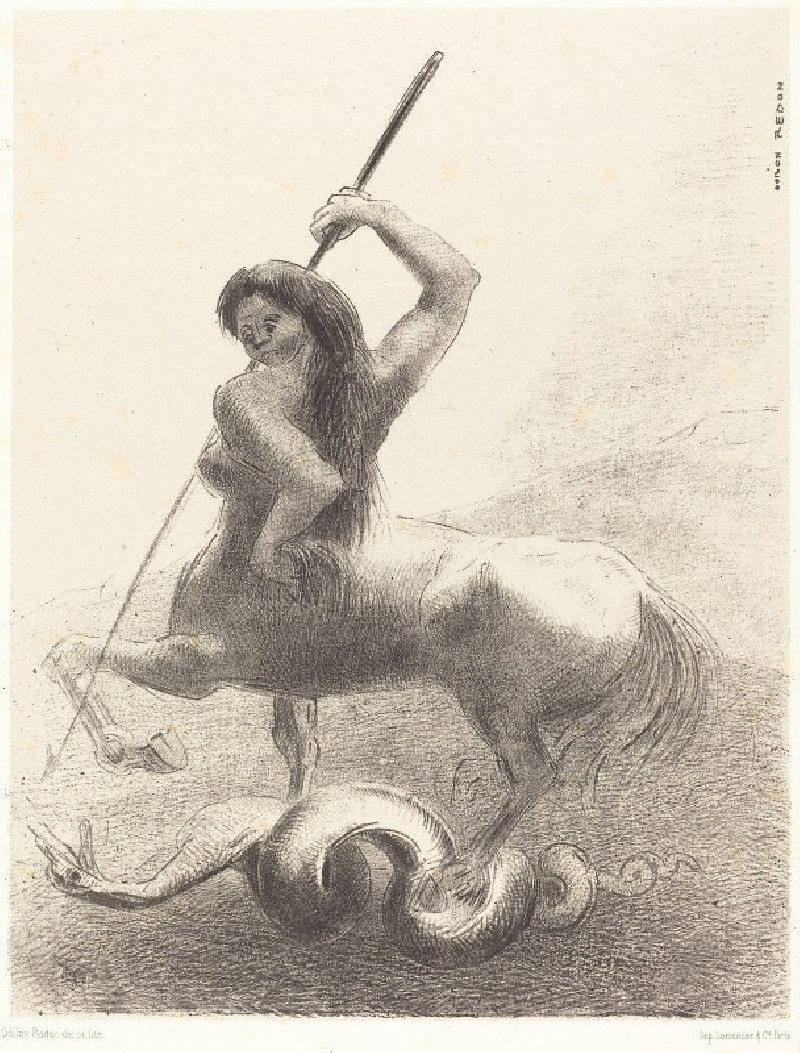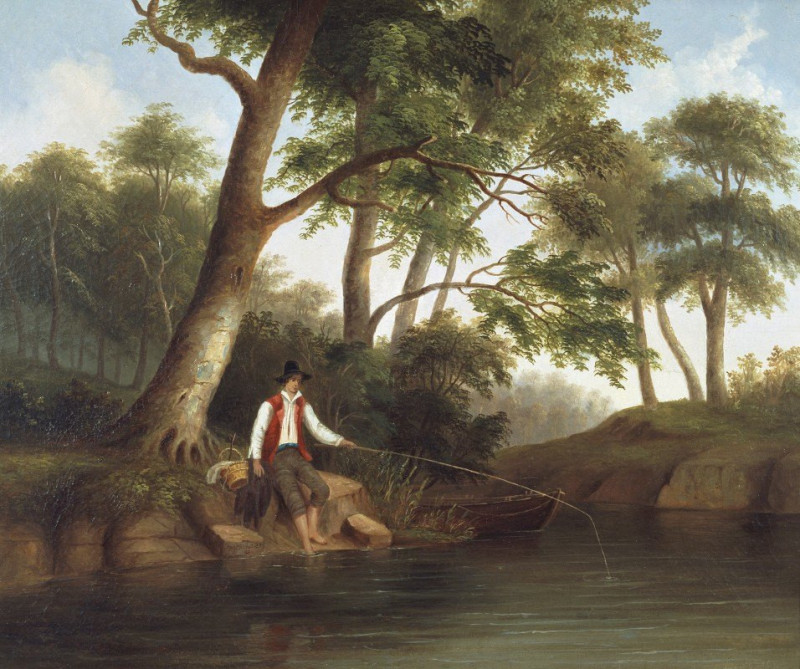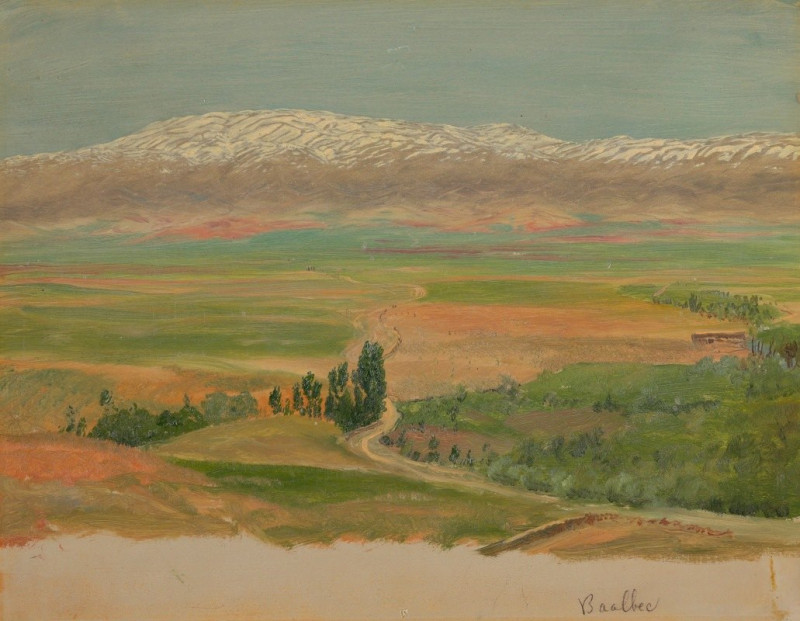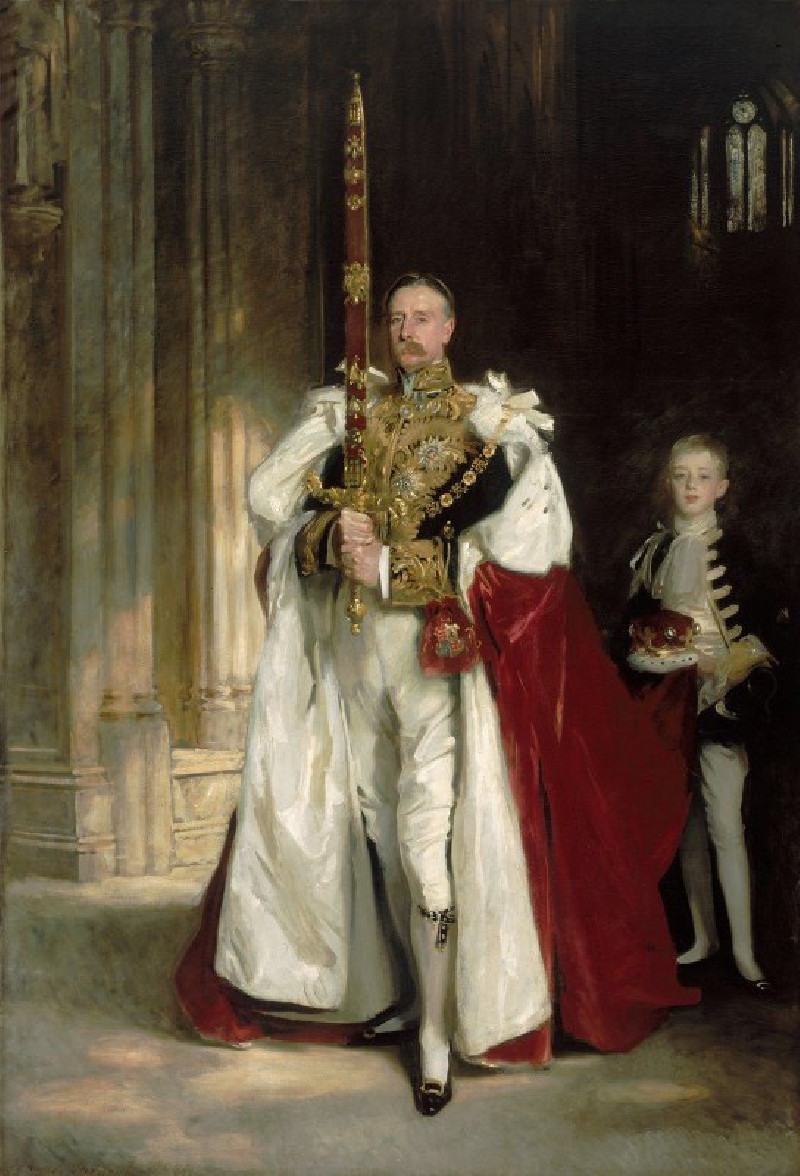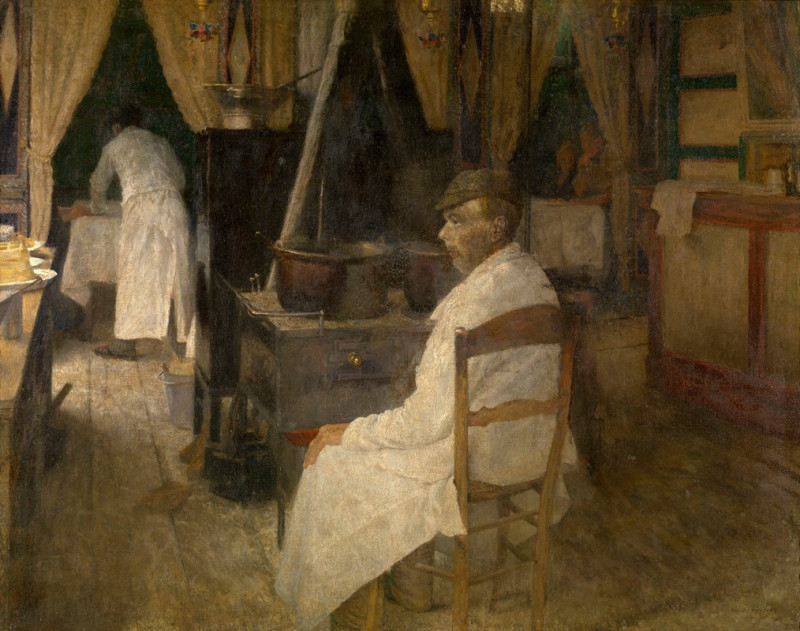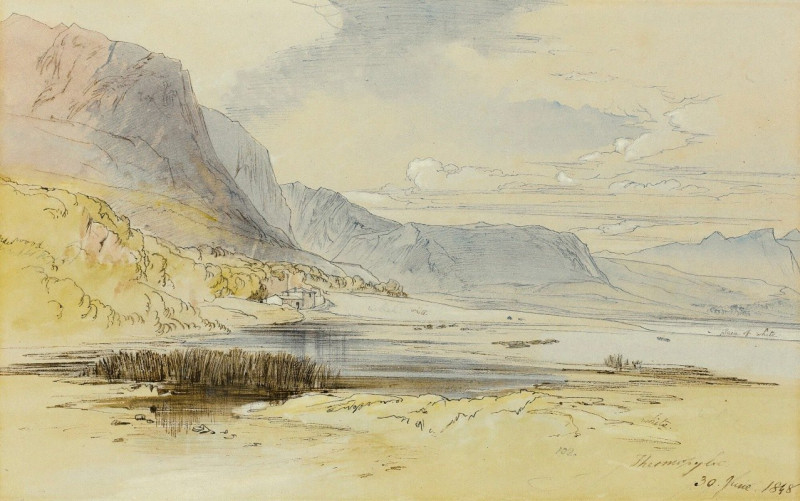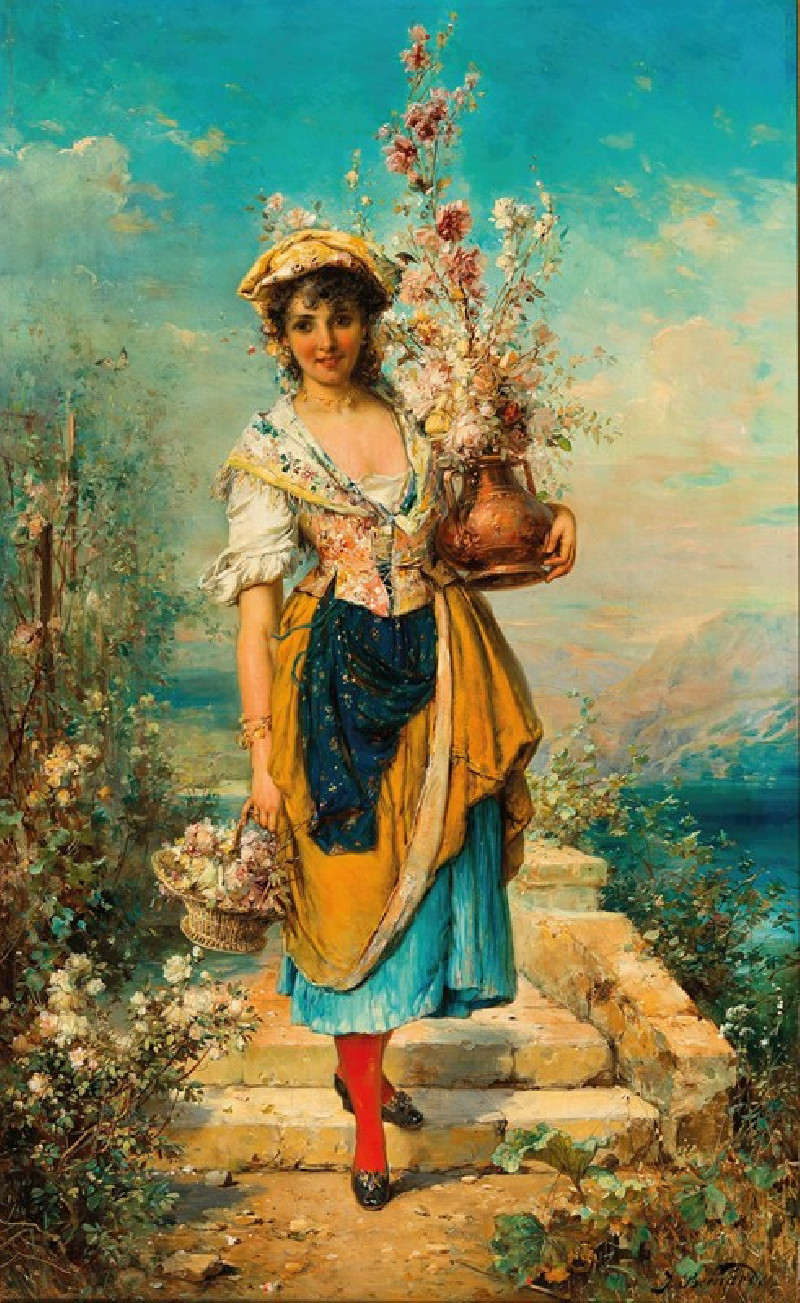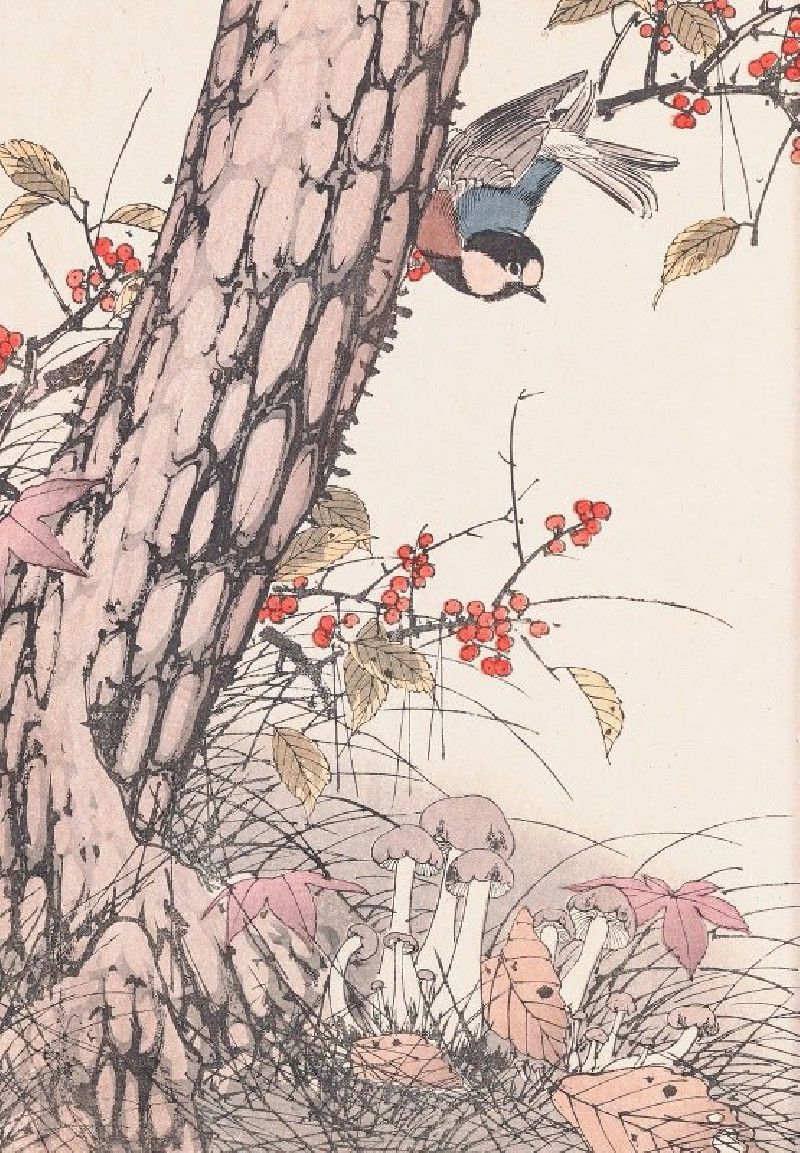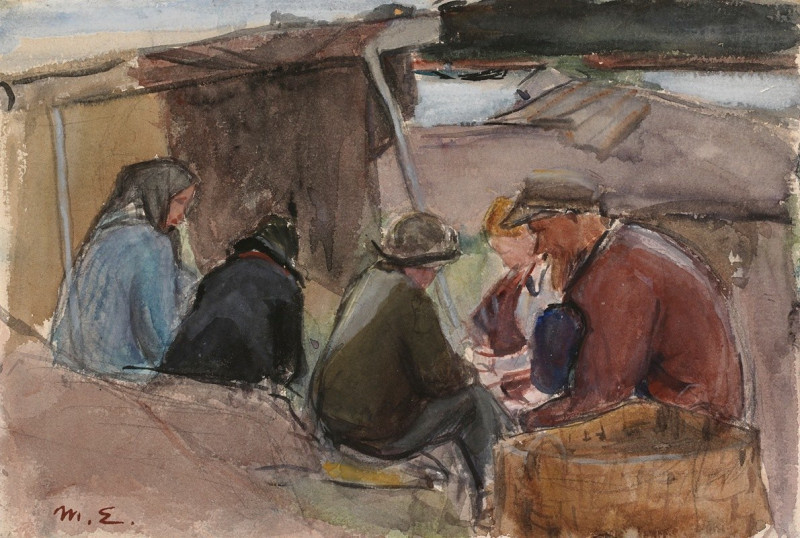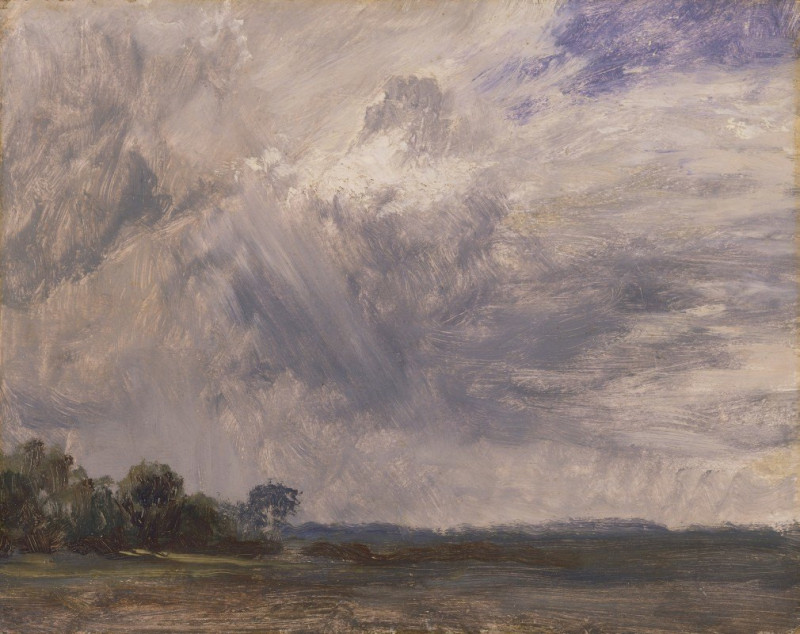Minerva (circa 1631)
Technique: Giclée quality print
Recommended by our customers
More about this artwork
In the introspective realm of Rembrandt van Rijn's artistry, the painting titled "Minerva" (circa 1631) glimmers with the profound characterization and atmospheric depth that signify his works. This painting depicts Minerva, the Roman goddess of wisdom, arts, and war, seated in an introspective pose.The canvas is filled with a rich interplay of shadow and light, a technique Rembrandt mastered and which here perfectly captures the reflective mood of the goddess. Minerva is portrayed in opulent attire; her robe, a luxurious deep red embellished with golden details, drapes elegantly across and around her, suggesting her nobility and divine status. The texture of the fabric contrasts with the smooth, youthful complexion of her face, highlighted by the gentle illumination that falls across her visage.Notably, Minerva's head is adorned with an intricate helmet, symbolic of her role as a warrior goddess, and reflecting the light subtly to draw attention to her thoughtful expression. Beside her, a stack of books perhaps indicates her role as the patroness of wisdom and learning, hinting at the intellectual pursuits she governs.Rembrandt's expert use of chiaroscuro not only emphasizes the three-dimensionality of the figure but also invites viewers to ponder the internal conflicts or contemplations of the goddess herself, bridging the celestial and the human. The backdrop, shrouded in darkness, ensures that our focus remains fixed on Minerva, making her the undeniable centerpiece of this introspective composition.
Delivery
Returns
Rembrandt Harmenszoon van Rijn was a Dutch draughtsman, painter, and printmaker. An innovative and prolific master in three media, he is generally considered one of the greatest visual artists in the history of art and the most important in Dutch art history. Unlike most Dutch masters of the 17th century, Rembrandt's works depict a wide range of style and subject matter, from portraits and self-portraits to landscapes, genre scenes, allegorical and historical scenes, and biblical and mythological themes as well as animal studies.

